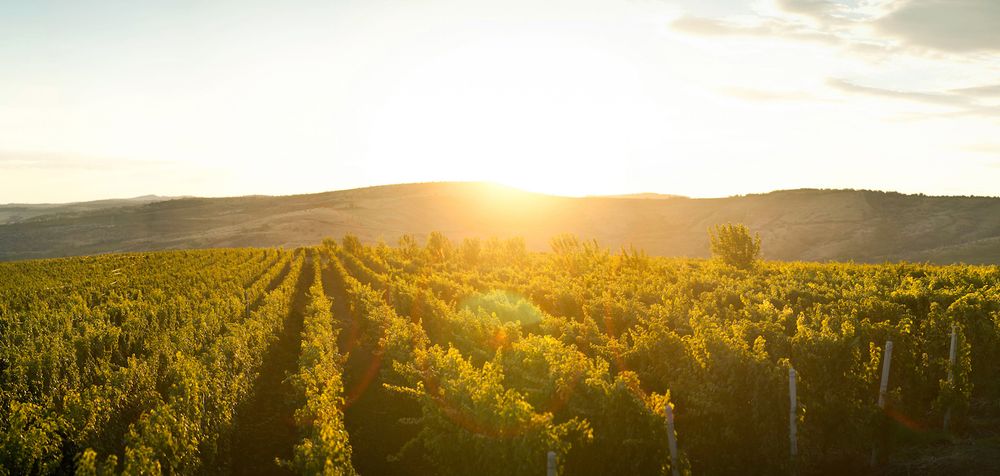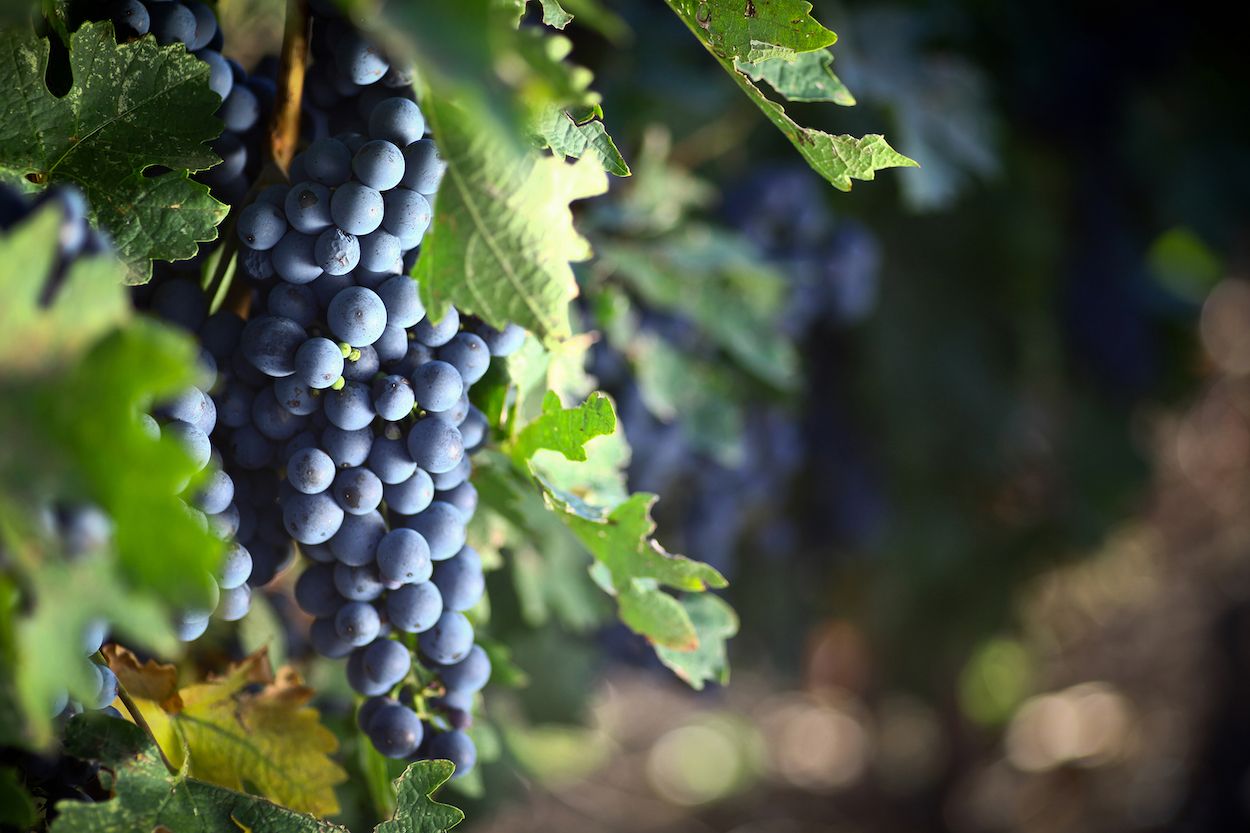Next Monday, November 7, Caroline Gilby MW will be holding a masterclass into the significance of Feteasca Neagră and its qualities as a variety. To register for the event click here.

Romania has the fifth biggest area under vines in Europe
Feteasca Neagră is an old grape variety believed to originate around the area of Iasi in the Moldovan hills in north-eastern Romania, and some even claim it may have been tamed directly from wild grapes. It’s pretty much confined to Romania (and its neighbour Republic of Moldova) and is by far Romania’s most planted native red grape reaching 3187 hectares in 2021. It’s also the leading contender to be the country’s flagship red for reasons of quality potential, ageability and the sense of place it can show in its wines.
A new organisation called WINEaBE is bringing a group of Romanian wine producers to the UK to break preconceptions around Romanian wine, using Feteasca Neagră as its focus. So far, the country has largely been known here for well-made but inexpensive international varieties and is surprisingly under the radar for such a significant wine country.
Romania has the fifth biggest area under vines in Europe, with a great diversity of climates and soils, and produces more wine than better known countries like New Zealand and Austria. A guided tasting on 7th November will bring together 12 wineries, who will each showcase their own visions of the best that Feteasca Neagră can do in different areas across Romania.
Feteasca Neagră is a grape that has undergone mixed fortunes over the years, and it seems cultivation was quite limited until the 20th century. It doesn’t get mentioned in writing until around 1900 when it was recorded as highly valued around Uricani (near Iasi) for its quality. The document also says it was lower yielding than other grapes and it seems peasant farmers at the time preferred heavier crops, giving a clue as to its limited plantings.
Today, there are multiple biotypes known – which supports the theory that it’s old – but it wasn’t until the new era of private wineries from 1994 onwards that an interest in the quality and unique character of Feteasca Neagră became more widespread. In recent years, a range of clonal selections have been developed, selected from old vines, and by 2018 at least seven clones were available on the market.
Feteasca Neagră is a grape that has heavier bunches and higher sugars than Cabernet Sauvignon, and typically higher total acidity, though often with a relatively high pH too. It can be challenging to manage in the vineyards as it can crop and ripen unevenly, and it needs low to moderate yields for quality. Older vines, favourable plots and good canopy management significantly improve pH and overall quality. Research suggests it suits the use of oak to help stabilise its colour and polyphenols, and to build aromatic complexity. Today Feteasca Neagră at its best is clearly showing exciting quality and a genuine sense of place as winemakers have learned how to work with it.
If you want to know more about Feteasca Neagră as Romania’s red flagship, join Caroline Gilby MW with WINEaBE on 7th November to taste the evidence in a glass.
Caroline Gilby MW’s masterclass will be held at 67 Pall Mall, London at 11am, 7th November followed by a walk around tasting from 1-3pm. To register click here.
For more information please contact Wine Communication on:
caroline@winecom.co.uk, zsuzsa@winecom.co.uk
































